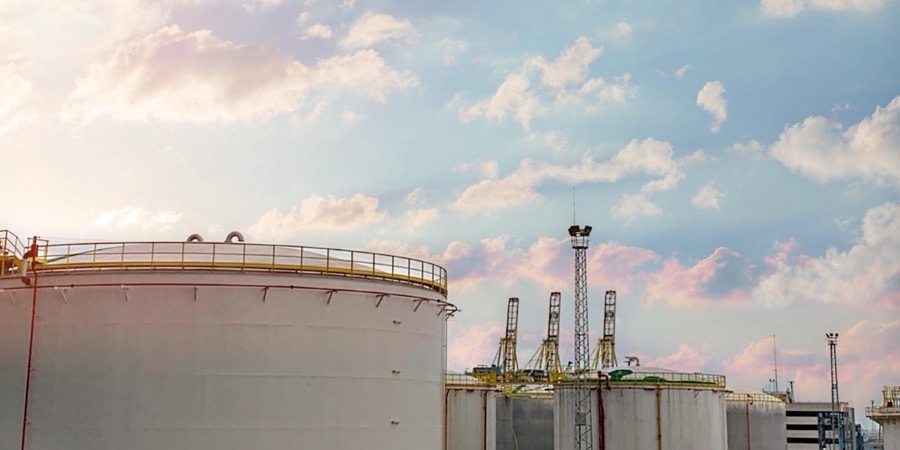The Federal Energy Regulatory Commission (FERC) has prepared a final environmental impact statement (EIS) to assess the impacts of constructing and operating the Alaska LNG project proposed by the Alaska Gasline Development Corporation (AGDC).
The project would have an annual average inlet design capacity of up to 3.7 billion standard cubic feet per day and a peak capacity of 3.9 billion standard cubic feet per day.
The project’s implementation would mean gas treatment facilities would be on state land designated for oil and natural gas development within the North Slope Borough. It said the Mainline Pipeline would start at the gas treatment facility and generally follow the existing Trans Alaska Pipeline System crude oil pipeline and adjacent highways south to Livengood, Alaska.
The purpose and need of the project is to commercialise the natural gas resources of Alaska’s North Slope by converting the existing natural gas supply to liquefied natural gas (LNG) for export and providing gas for users in Alaska.
The FERC statement said: “Pursuant to Section 3 of the Natural Gas Act, AGDC is seeking authorisation to construct, own, and operate the following facilities in Alaska: a new Gas Treatment Plant; a 1.0-mile-long, 60-inch-diameter Prudhoe Bay Unit Gas Transmission Line; a 62.5-mile-long, 32-inch-diameter Point Thomson Unit Gas Transmission Line; an 806.9-mile-long, 42-inch-diameter natural gas pipeline (Mainline Pipeline) and associated aboveground facilities, including eight compressor stations and a heater station; and a 20 million metric-ton per annum liquefaction facility (Liquefaction Facilities), including an LNG Plant and Marine Terminal Facilities.”
From Livengood, the Mainline Pipeline would head south–southwest to Trapper Creek, following the George Parks Highway and passing through a portion of the Denali National Park and Preserve. It would then follow the Beluga Highway and turn south–southeast around Viapan Lake. It would then cross Cook Inlet entering near Beluga Landing and exiting at a landing near Suneva Lake on the northern part of the Kenai Peninsula.
The Mainline Pipeline would terminate at the Liquefaction Facilities, which would be sited on the eastern shore of Cook Inlet in the Nikiski area of the Kenai Peninsula.
FERC said project construction and operation would result in temporary to permanent impacts on the environment. It said emissions from the GTP and Liquefaction Facilities could have a significant impact on regional haze and acid deposition in some Class I and Class II nationally designated areas.
But it also said the project would have positive impacts on the state and local economies, but adverse impacts on housing, population, public services, and local businesses could occur in some areas during construction.
It concluded that the Project would be constructed in compliance with all applicable federal laws, regulations, permits, and authorisations.
The project would include protections and safeguards that ensure facility integrity and public safety. The Coast Guard also determined that Cook Inlet is suitable for accommodating LNG carrier activity associated with the Project.
In addition, it recommended that “the project-specific impact avoidance, minimisation, and mitigation measures that we have developed (included in the final EIS as recommendations) be attached as conditions to any Authorization issued by the Commission for the project.”
For more information visit www.ferc.gov















